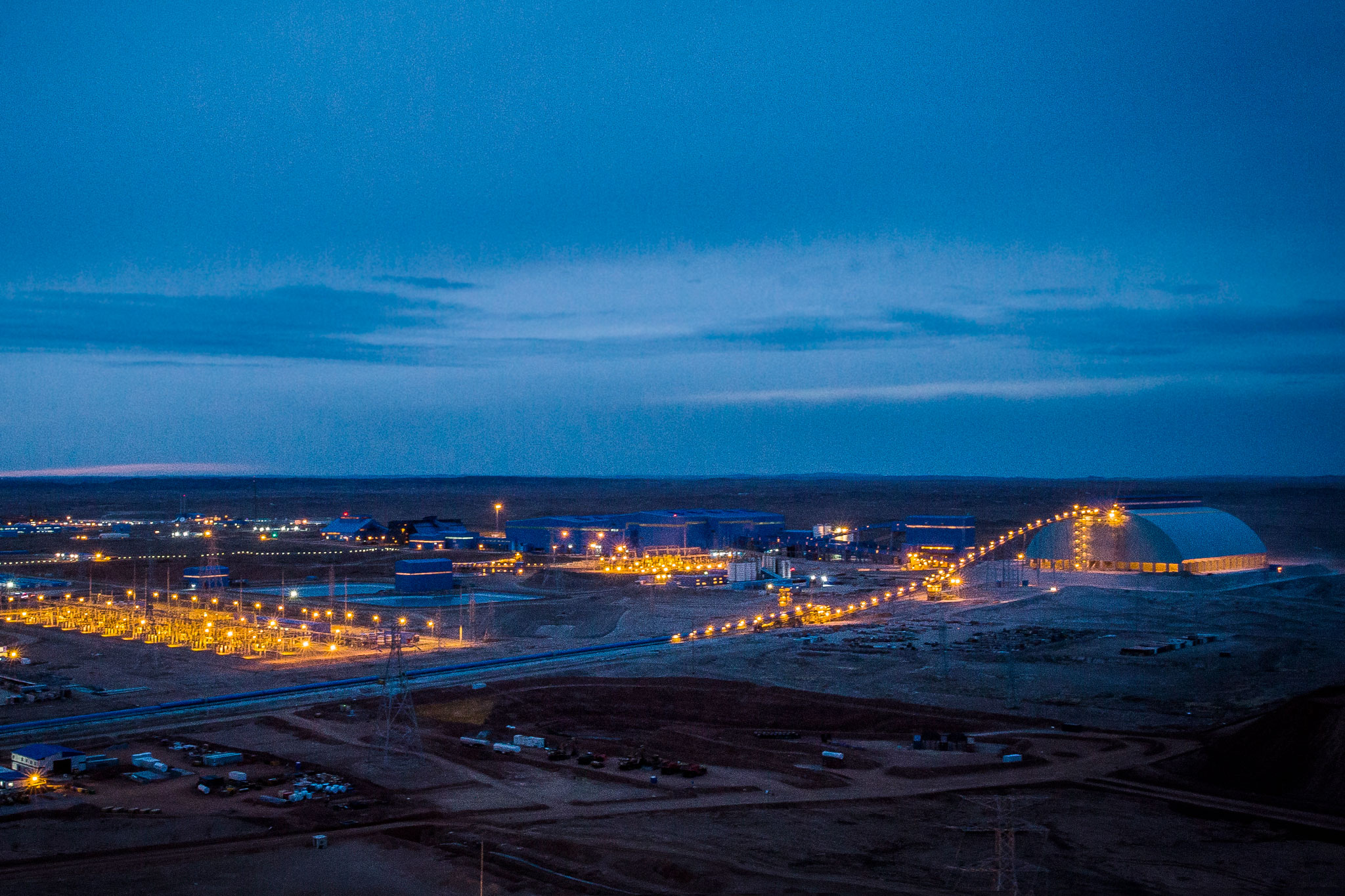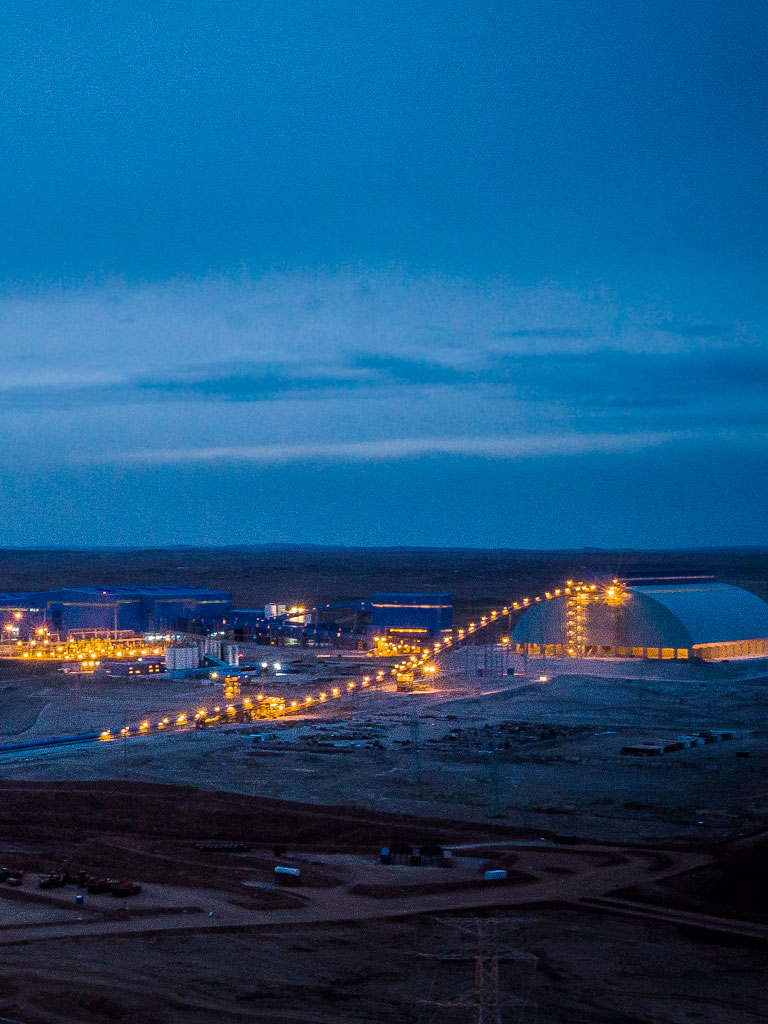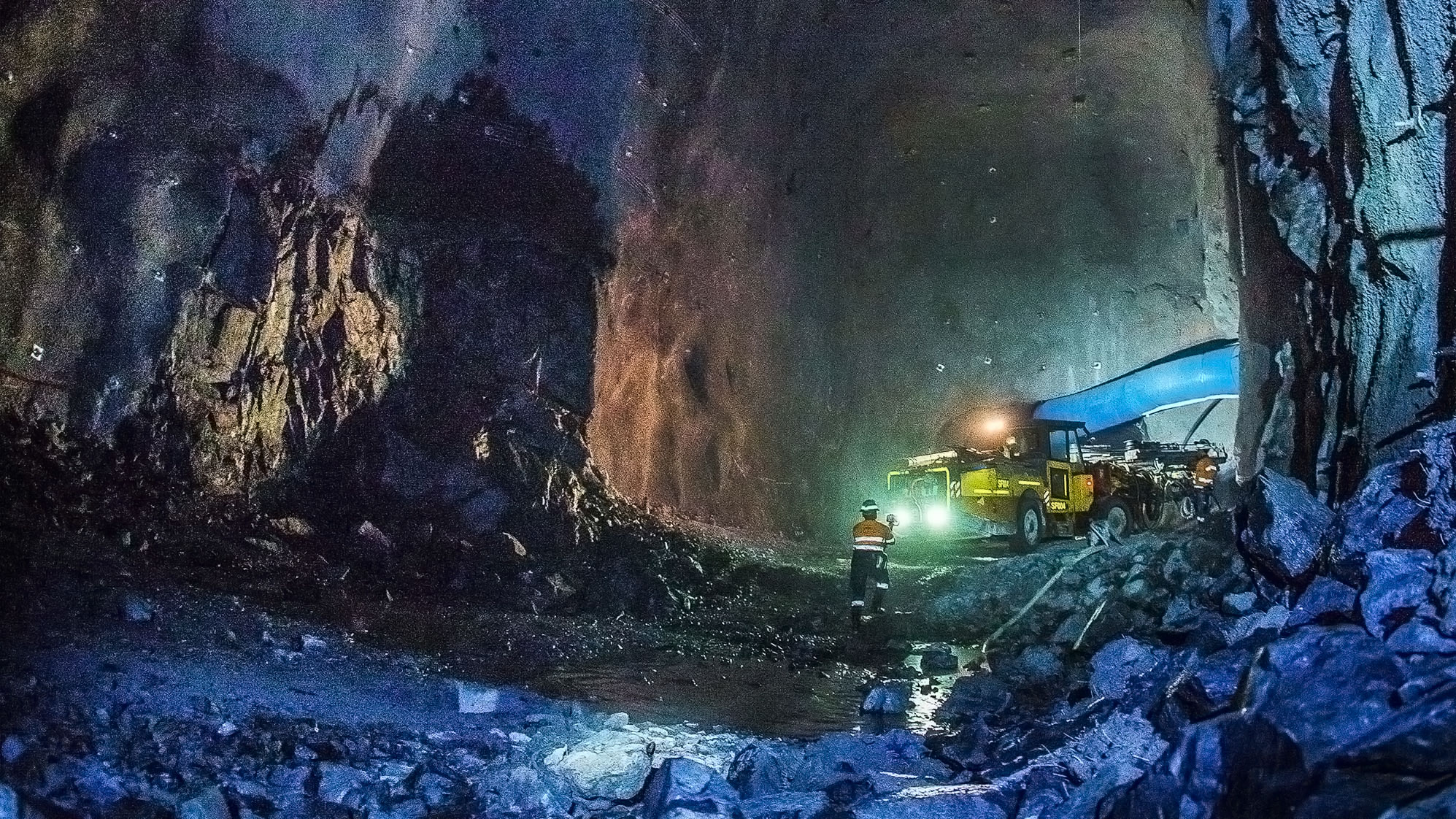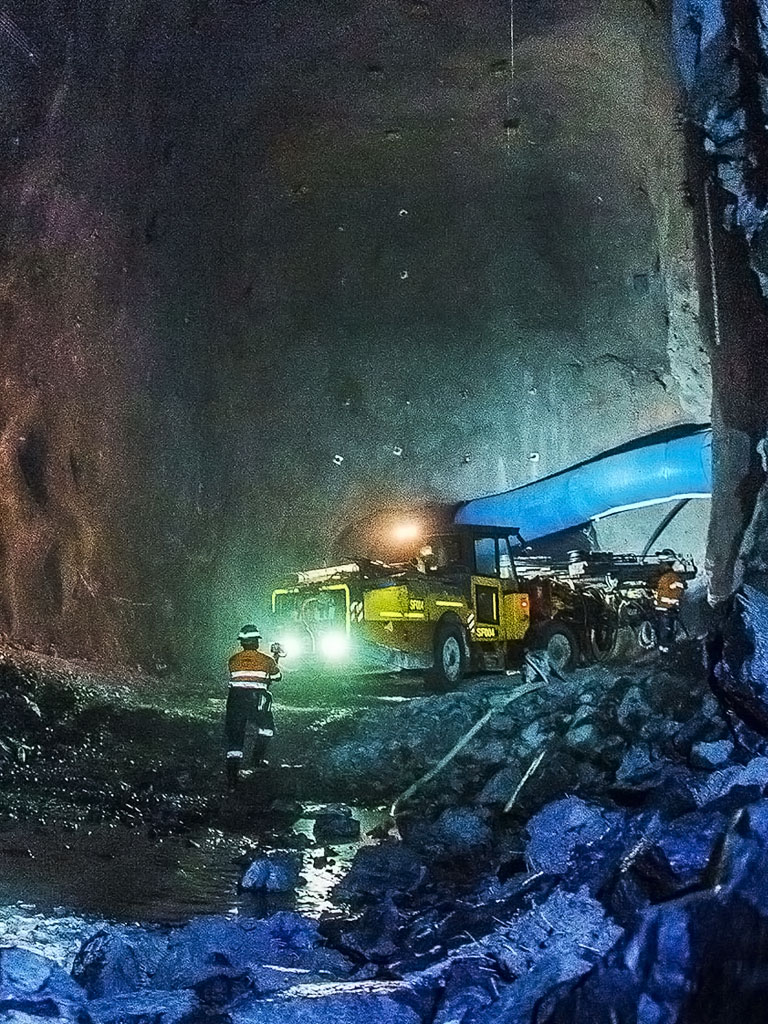

Unearthing
Mongolia’s Future
Building communities and digging into sustainable mining
Mongolia is defined by its iconic landscapes: the snow-coated mountains to the west, the emerald-green grasslands to the east, and the otherworldly Gobi Desert in the south. But this colossal, landlocked country is also home to some surprises. Wedged between the geopolitical giants of Russia and China, Mongolia’s population is little more than three million, making it one of the least densely populated countries in the world. Since the 1990s, according to the World Bank, Mongolia has transformed into a ‘vibrant democracy’. Foreign investment has flooded in and the country’s economy has grown rapidly. Over just three decades, poverty has drastically reduced, living standards have risen, infant mortality has fallen and enrolment for education has increased.

But it is an ongoing journey. According to the United Nations, almost a third of Mongolians still live in poverty, employment generation remains an acute challenge and the country risks an unequal recovery in the aftermath of the Covid-19 pandemic. For Mongolia to continue making progress and lift a million more people out of poverty, the country must harness its strengths, which include tourism, agriculture and its natural resources. Growing these sectors sustainably, however, remains of paramount importance.

Mining: Achieving a Gold Standard
Mining comprises over a fifth of Mongolia’s economy and accounts for four fifths of its exports. The sector’s robust health has ensured continued economic growth even as the country witnessed a decline in agriculture and manufacturing. While the economic value of mining is undeniable, this should not overshadow the environmental and social impacts. Mongolia is home to uniquely delicate and beautiful landscapes, with a high elevation and arid climate which requires careful water management. Likewise, although unemployment and underemployment are serious problems in Mongolia, there’s a chronic shortage in specialist skills.

The single largest foreign investment in Mongolia, the Oyu Tolgoi copper mine in the remote south Gobi region is a partnership between global mining company Rio Tinto and the Government of Mongolia. It has a workforce of more than 20,000 people, of which 97% are Mongolians, and has so far injected $15 billion into the nation’s economy. In 2012, the International Monetary Fund estimated that when fully operational, the mine could elevate Mongolia’s GDP by approximately 30%.
After a decade of open pit mining, underground production started at Oyu Tolgoi earlier this year, and it is on track to becoming one of the world’s largest suppliers of copper, a mineral needed for the transition to clean energy including in electric vehicles and wind turbines. In 2020, Oyu Tolgoi was awarded The Copper Mark, the International Copper Association’s responsible production program, demonstrating that the company meets more than 30 criteria points for environmentally and socially responsible operations while contributing significantly to the local economy.


Responsible Operations
Environmentally responsible mining means conserving resources wherever possible, which in the case of Mongolia, puts a focus on water management. Mining is a water-dependent activity and Oyu Tolgoi is situated in the Gobi Desert, one of the driest parts of Mongolia. According to Rio Tinto, the mine was able to leverage tried and tested water conservation techniques from previous projects. This resulted in water usage that is significantly lower than the global average for copper mining, with Oyu Tolgoi meeting the usage requirements of Mongolia’s water agency and an independent auditor.

Responsible mining should bring social benefits too, such as creating jobs for the community—but employment generation only succeeds when the qualifications and skills demanded match the experience and education of the labor force. Through the Gobi Oyu Development Support Fund (DSF), Rio Tinto has invested in kindergartens, schools, and scholarships, as well as hospitals, sports halls, and museums. According to a review by consultancy firm Grant Thornton these investments have resulted in hundreds of new jobs, and Rio Tinto hopes this will increase as the mine expands operations and more people benefit from DSF’s education programs.
Rio Tinto also worked with existing local communities, such as nomadic herders, to resolve resettlement disputes, culminating in the sharing of water assets and the building of infrastructure, as well as helping to develop a pastureland management plan to more efficiently manage the land.
Mining for the Future
Mongolia is warming at a rate far higher than the global average and as such they are taking the climate crisis seriously. Khurelsukh Ukhnaa, Mongolia’s president, came away from the 2022 United Nations Climate Change Conference with a bold new plan: to rehabilitate degraded forest and fight desertification by planting a billion trees before 2030. This United Nations-backed ‘Billion Tree’ national campaign is the first of its kind in Mongolia, and Rio Tinto has committed to delivering 100 million of those trees that are now being grown in its Oyu Tolgoi tree nursery.
While fighting the impacts of climate change at home, Mongolia can also help mitigate the global crisis elsewhere. According to a report by financial services company S&P Global, more copper is required to reach net-zero targets. Electric vehicles use 2.5 times as much copper as traditional vehicles, it is a vital material in the construction of wind and solar farms, and it is also key in developing infrastructure that stores and transports renewable energy. At full production, Oyu Tolgoi is expected to produce 500,000 tons of copper, enough to build over nine million electric cars, based on the International Energy Agency’s estimates of 53.2 kg of copper used for one electric vehicle.

The widely cited ND-GAIN Country Index, which summarizes susceptibility to climate change, lists Mongolia as a vulnerable country, putting the country’s iconic landscapes under threat. But with initiatives such as the ‘Billion Tree’ campaign and ramped-up copper extraction, Mongolia has more of the tools needed to maintain these landscapes for generations to come—and propel the race to net zero at the same time.






